What is a chiller in HVAC? How does a chiller work? Where Are Chillers Found?
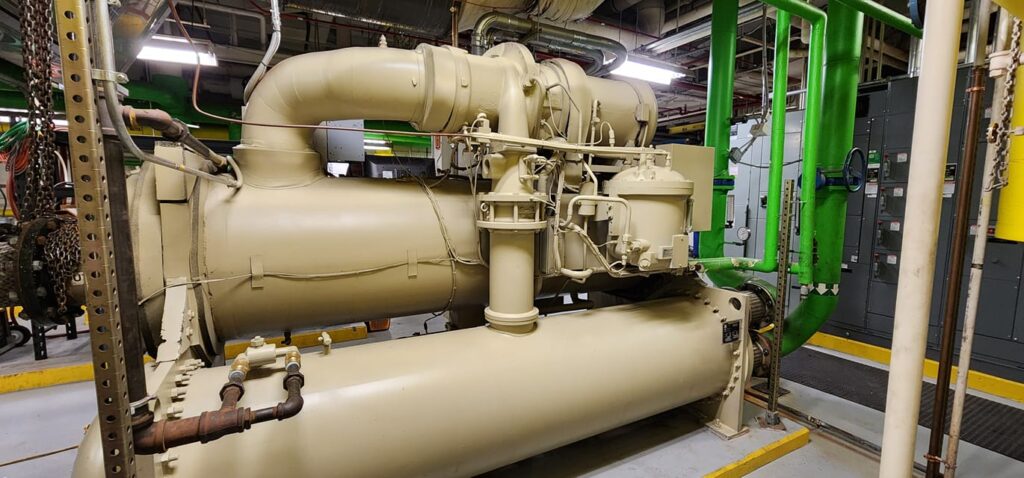
Today we’re going to be talking about what a chiller is.
We got some requests from some guys in our group about running through the fundamentals of a chiller: how they operate, what they are, where they’re located, and just getting a basic understanding of what the purpose of a chiller is. We figured there isnt a better place to start than with what a chiller is. At the end of this, we’re going to talk about some really cool job sites that we’ve been on over the years and give you guys a little bit of an inside scoop, so stay tuned!
So, What is a Chiller?
Essentially, a chiller is just A mechanical piece of equipment that uses physics, also known as the refrigerant cycle, to remove heat from a fluid. That’s as simple as it is. Chillers get more and more complex the bigger they get, but the basic fundamental is, you use physics to move heat from one area to another.
In the case of a chiller, you typically are pulling heat out of a liquid on the evaporator side and moving that heat to the condenser side, whether it’s an air-cooled chiller or a water-cooled chiller. We’re going to break down some more terminology so you are more familiar with what I’m talking about, as well as some of the different types of Chillers.
How Are Chillers Described?
Chiller technicians often describe chillers in three ways:
1. By the compressor type.
Common compressor types on chillers include centrifugal compressors, screw compressors, scroll compressors, and reciprocating compressors. For example, a technician might describe a water-cooled centrifugal or an air-cooled screw chiller. This is just a way to describe what we’re working on.
2. How the condenser on the chiller is cooled, or what medium the chiller uses to reject the heat.
A water-cooled chiller uses water on the condenser side to reject the heat. You have a heat exchanger on the condenser side that uses water or glycol to pull the heat from the condenser circuit on the refrigeration system. This water then goes to a heat exchanger, a dry cooler, or a cooling tower.
An air-cooled chiller rejects heat directly outside. These are typically packaged units with the compressor, evaporator, and condensing unit in one package outside, with piping running from the chiller outside into the building. Some air-cooled chillers may have a remote condenser, with the evaporator skid and compressor inside, piped outside to the air-cooled condenser.
3. Absorbers
Absorbers are different and fascinating. They use heat to create cold water….. They add steam or use a burner or exhaust gas from a turbine to heat up a solution and create a refrigeration effect. I’m not going into much detail here, thats a very in depth topic and we will be putting a training together in the future to better discuss it. Industries Using ChillersPretty much every industry you can think of uses a chiller at some point. Common industries include oil, mining, juice production, power generation, district cooling, military ships, and even cookie factories. Chillers take you all over the place, allowing you to see behind-the-scenes of various industries.
What industries use Chillers?
Pretty much every industry you can think of uses a chiller at some point during its operation.
Common industries include oil mining, juice production, power generation, district cooling, military ships, cookie factories, potato farms, ethanol plants, you name it.
Chillers take you all over the place, allowing you to see behind-the-scenes of industries all over the world.
Want To Learn More About Chillers?
Join the thousands of professionals working in the chiller industry around the world to share knowledge, learn from each others experiences, and help each other find custom solutions to complex problems in the chiller industry!
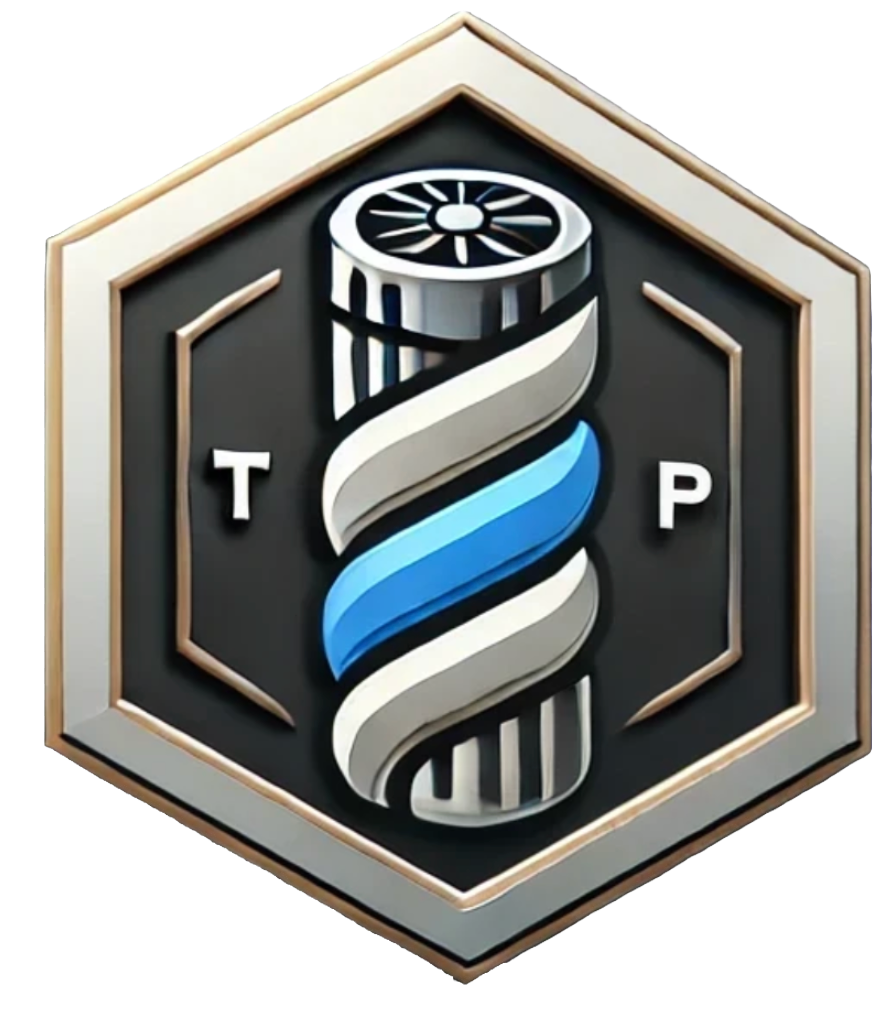
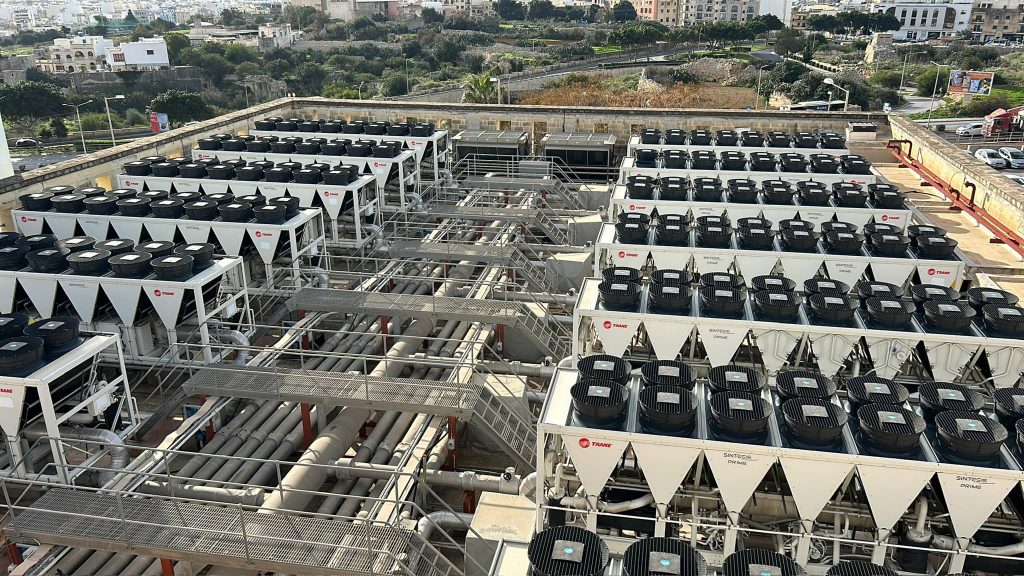
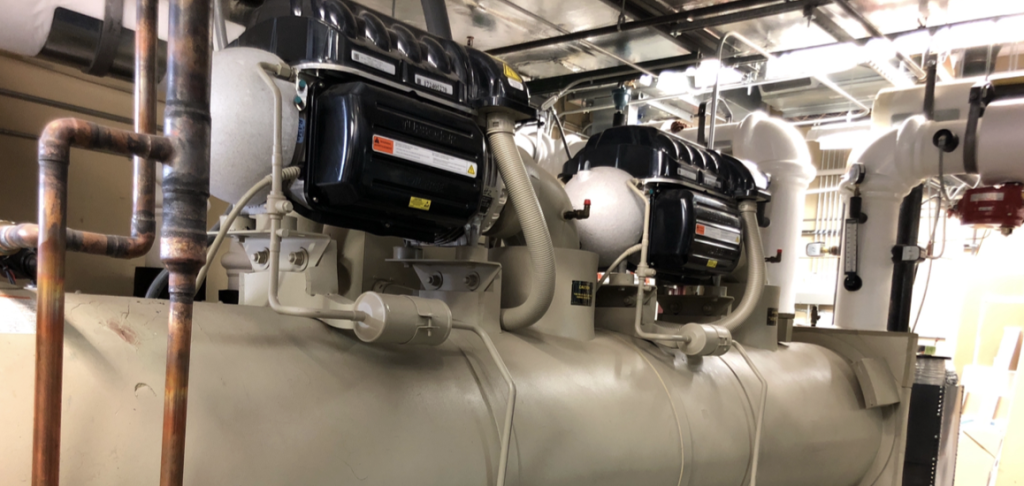
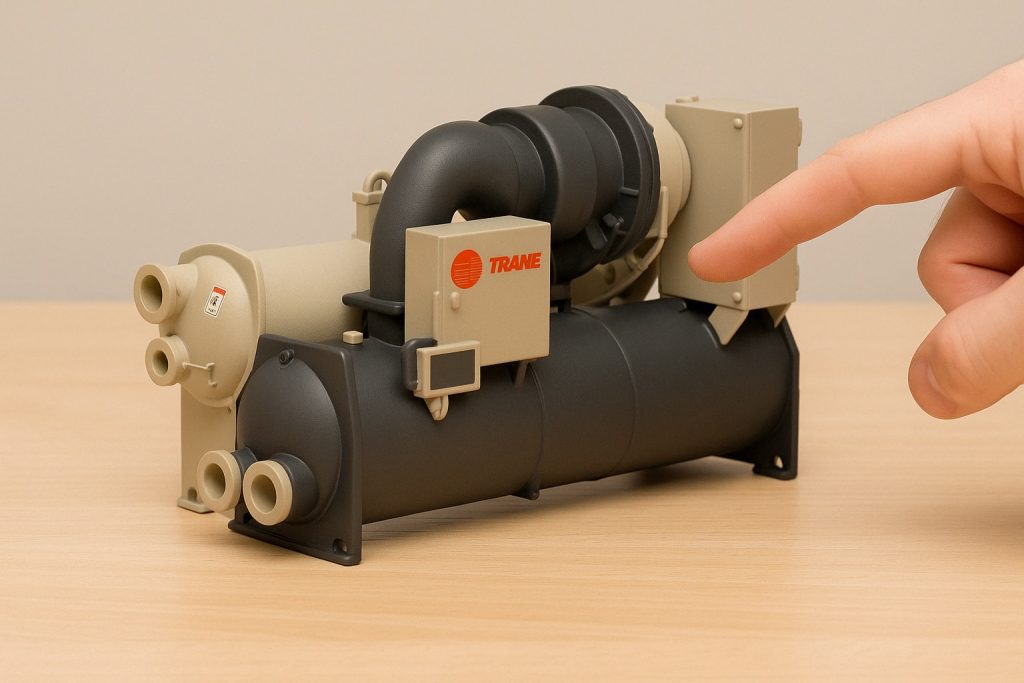

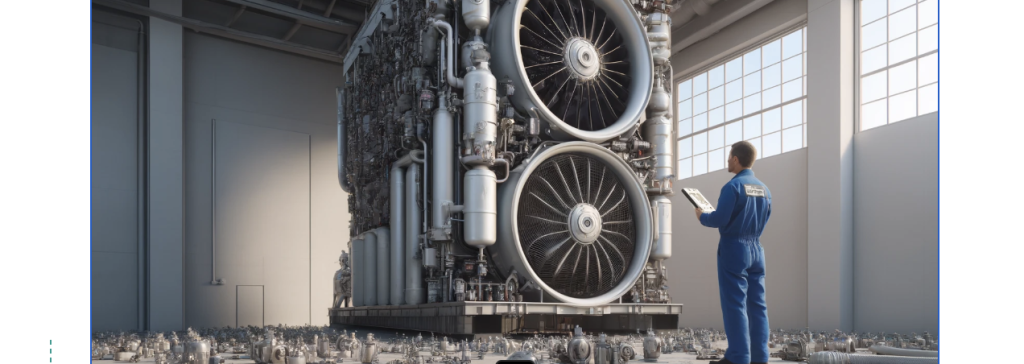
Responses